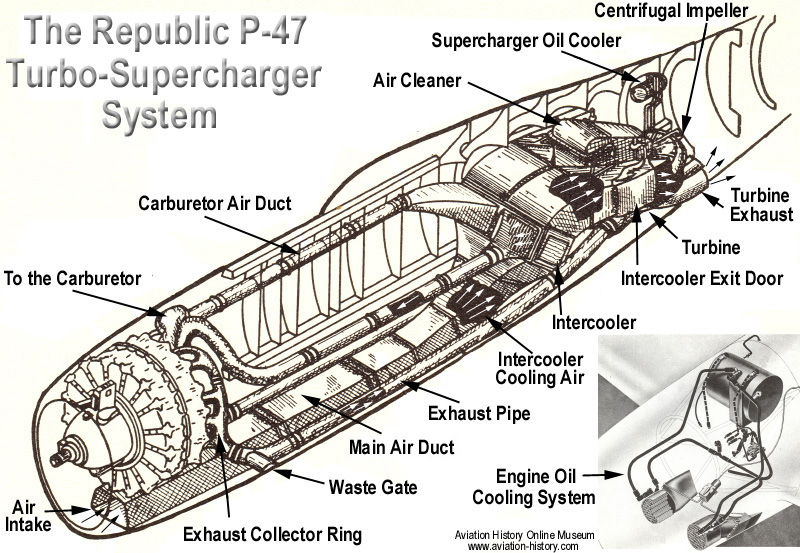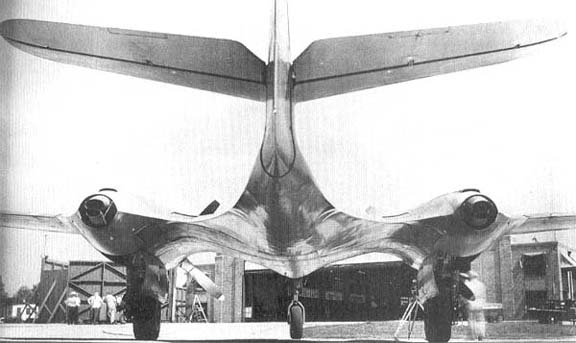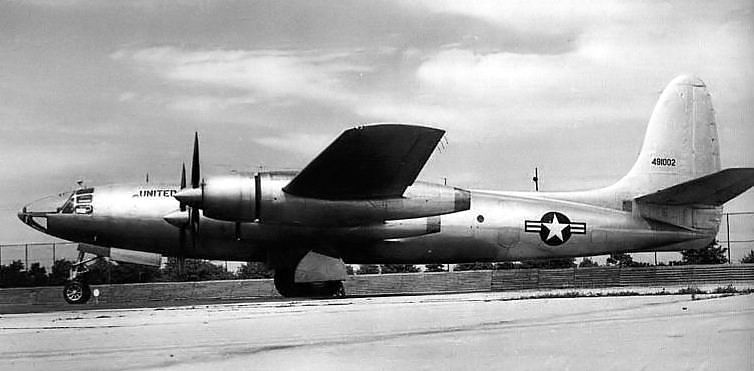trinidefender wrote:TC this may be of some interest to you. It is a Wikipedia link I know but is cited all the same, if only the citation was a book I could get my hands on now.
http://en.m.wikipedia.org/wiki/Rolls-Royce_Merlin
Specifically look at this, "During tests, 70 pounds-force (310 N; 32 kgf) thrust at 300 mph (480 km/h), or roughly 70 horsepower (52 kW) was obtained which increased the level maximum speed of the Spitfire by 10 mph (16 km/h) to 360 mph (580 km/h)." It doesn't say which version of ejector exhausts were fitted or which mark merlin was used however it may still be relevant.
thanks for this reference
this would be what I call the 1940 ejector exhaust
to me this EE gave more thrust than earlier night-suitable exhausts, but not more thrust than was available from day flying exhausts
subsequently Spits etc went to individual stub (ie day type) exhausts which must surely have given at least as much thrust as EEs
I now assume this was because in 1940 Hurri and Defiant (and Spit even) night flying was important in GCI of night attacks
but by 1941 Ai took over, and the Spit in particular was not required to have exhausts well suited to night combat
this EE's thrust power of 70 hp .....
implies that eg the Mk 19 Spitfire had an exhaust thrust power ('jet power') of about 200 hp
at its much greater maximum tas/altitude, and having/using about 2.5x the power in the EE referred above
(the pressure drop to ambient is greater, thrust is greater relative to exhaust energy at this greater tas, and exhaust energy is 2.5x)
at 49000' the crankshaft power and the propellor thrust will be quite low
so the ratio of exhaust 'jet thrust' to prop thrust is higher in the Mk 19 than the 16:84 jet thrust:fan thrust ratio in the A380 ?
also thanks for links, to Wuzak and J.A.W
good supercharger efficiency was no problem at low and medium altitudes as pressure ratio was small or quite small
so the USAAC/AAF saw the turbo as no more burdensome than other ways of getting the 2nd stage needed for altitude
partscountwise the turbo was more-or-less an exhaust system option to the standard (mechanically-supercharged) engines
the turbo was more efficient at high altitude/high speed (eg P-38 and P-47) because the mean exhaust pressure is raised
as eg in turbo road car engines, delta P is close to zero, NACA showed this improves efficiency because .....
raising mean exhaust pressure (density) better conserves pressure pulses ie reduces blowdown pressure loss (upstream of turbine)
so the cost in crankshaft power of driving the supercharger is less (with turbocharging compared to mechanical supercharging)
but the turbo aero-engines exhaust thrust is no less than with mechanical' supercharging
and can be greater if it has a variable exit nozzle (though this was in principle and even in actuality available to the MS engines)
IMO



